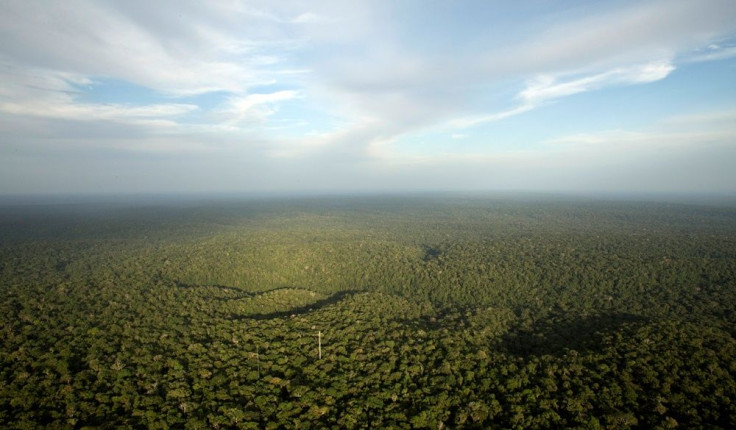Earth Is Getting Greener Despite Heavy Deforestation, Research Says

News about the Earth’s forest mostly involves heavy deforestation, paving the way for human settlement. However, research has shown that the Earth is actually becoming greener over the last 10 years.
According to Nature Climate Change’s published study on Monday, the Earth is getting greener. Twenty years of data from the satellite have shown researchers Yi Liu, Albert Van Dijk and Pep Candell that there is an increase in levels of carbon, despite the deforestation activities in Brazil and Indonesia.
“We studied how plants and vegetation are faring by determining the amount of carbon stored in living plant mass (or “biomass”) above the ground,” researchers said. The technique, called passive microwave remote sensing, allows researchers to identify which areas have green and which don’t.
Green places come from different countries. In Russia, the forest has regrown from abandoned farmlands, while in China, the efforts in tree planting campaigns contributed to the green.
Surprisingly, scientists have also found green in dry areas such as savannahs in South America, Australia and Africa. However, the data may not be that promising. "Savannas and shrublands are vulnerable to rainfall – one year can be very wet, and more carbon will be fixed in plants, but the next year can be very dry, and then we will lose the carbon fixed in previous years," said Liu in a report from Reuters.
While it is expected that forest decline is vast in places like the Amazon forests and Indonesia provinces, such decline has been compensated by the biomass increase found in different parts of the world.
“The world’s vegetation plays an important role in slowing down climate change,” according to the researchers in their published account. Terrestrial vegetation is helpful in removing carbon emissions coming mostly from human activities.
“Plants absorb around a quarter of the carbon dioxide that people release into the atmosphere by burning fossil fuels. With a greening globe, more plants may mean more absorption of carbon dioxide. If so, this will slow but not stop climate change.”
To contact the writer, email: wendylemeric@gmail.com






